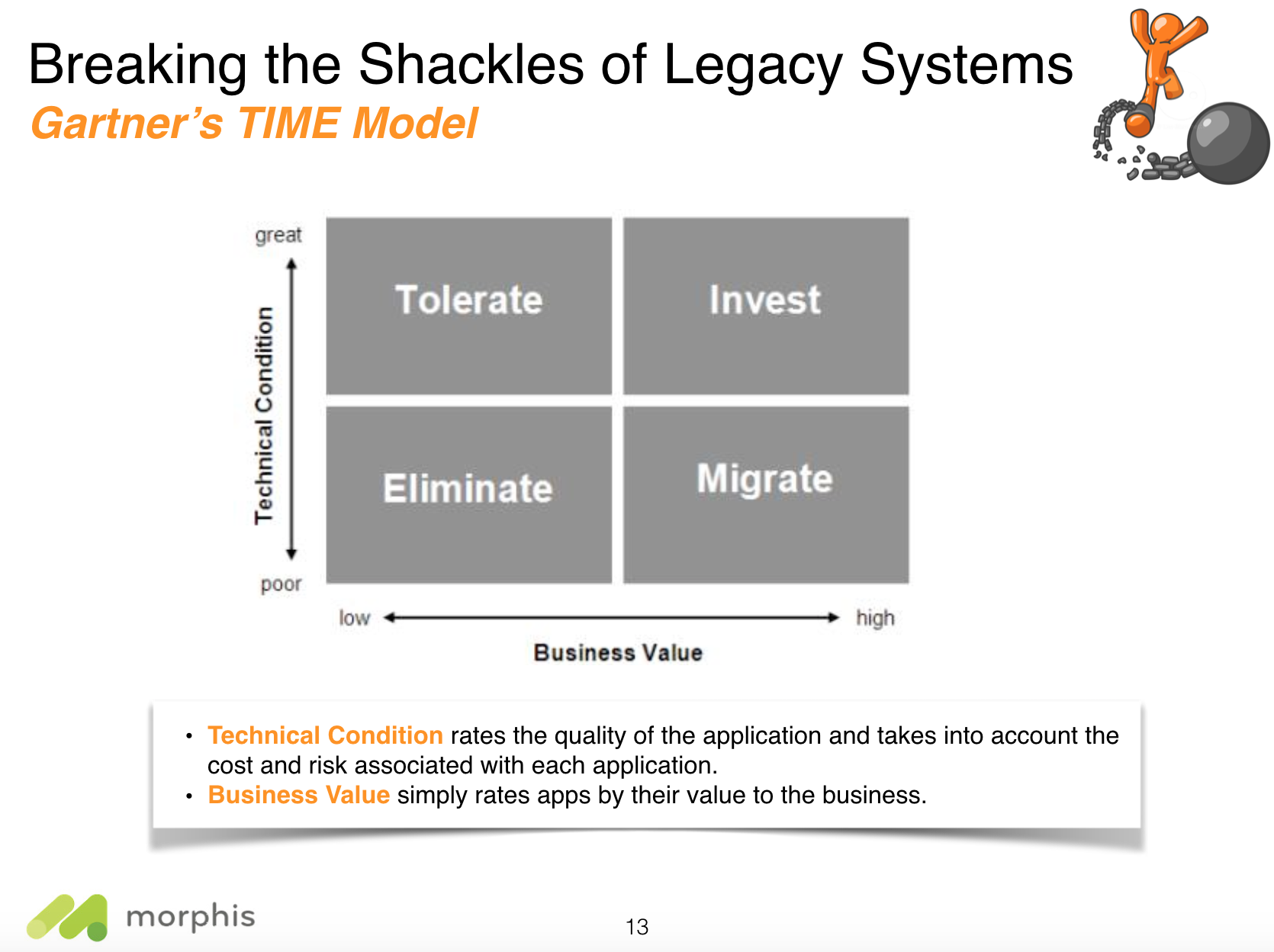We all know that the pace of technological change is increasing exponentially and with it, the opportunities afforded by the internet. 20 years after founding, Amazon’s CEO, Jeff Bezos still signs off his Letter to Shareholders in the Annual Report with, “…and it’s still Day 1.”
The need for businesses of all kinds (both public and private sector) to re-invent themselves and adopt new technologies has never been greater, whether driven by customer demands, security concerns or simple cost reduction.
Just as Facebook became a part of our everyday lives, so the first reports emerged of the challenges they’re facing with legacy systems and technical debt (exactly a year ago today). How long before Uber run into the same legacy obstacles? The only certainty is that Uber’s time window for not worrying about, and dealing with, technical debt is going to shorter than Facebook’s.
These app providers and other ISVs (independent software vendors) suffer from technical debt just as much as other enterprises (banks, car rental companies, retailers etc) and this is important to recognize within enterprise IT shops who may be looking to replace an in-house application with a COTS (commercial-off-the-shelf) solution. This may well be a case of out of the frying pan and into the fire.
Of course, any enterprise with multiple applications (whether back-office or customer facing) has a number of options when determining how to address the technical debt of each. Application portfolio management should determine the business value of each application, which can then be set against the technical condition of each.
Our white paper ‘Breaking the Shackles of Legacy Systems’ walks through this process using Gartner’s TIME model to determine what action to take with each application. You can download the full white paper here.

Those applications with high business value and are in good condition (with a low technical debt) are classified as ‘Invest.’ Those in the bottom right corner need to be preserved but their technical debt is so great that they need ‘migrating.’ This overarching term refers to a full gamut of techniques ranging from lift-and-shift through to the automatic re-architecting of the application from old language/architecture to new (the domain of Morphis). Again, these options and which fit best for which circumstance are covered fully in the white paper mentioned above.
However, the TIME model is not static and is particularly dynamic because of the pace of technological change mentioned at the beginning of this post. Applications in the top right corner today, can be in the bottom right corner tomorrow.
Which is why you need to learn to fish.
Simply evaluating your application portfolio every few years and making decisions to get outside help to migrate/modernize your bottom right corner applications will lead to diminishing returns. A much better option is to institutionalize the skills and technologies that will enable you to maintain code hygiene through ongoing refactoring and that, when the need arises, will enable you to automatically transform legacy systems to modern architectures and then to maintain those applications using a low-code development framework.
Welcome to Morphis. We’re here to teach you to fish. Watch out for future posts on this topic or, if you’re ready to start learning now, contact us for more details.



5 Comments on “Moore’s Law, Application Modernization and Why You Need to Learn to Fish”
Pingback: Think Legacy Modernization Is A One-Time Event? Think Again! | Morphis Insights
Pingback: Legacy Systems - What's In A Name | Morphis Insights
Pingback: Barriers to Successfully Rewriting Applications | Morphis Insights
Pingback: Legacy Systems - How to Eat an Elephant | Morphis Insights
Pingback: Has Time Ran Out On Gartner | Morphis Insights